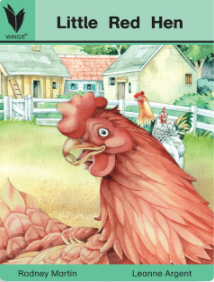Shopping Cart
Get free shipping on orders $100 or more!
Congratulations! You are eligible* for free shipment
Book successfully added to your cart
By
Qty: 1


 At secondary level, earlier difficulties may persist and new problems may emerge in coping with the increased demands of the curriculum. Students may show a variety of the following features:
At secondary level, earlier difficulties may persist and new problems may emerge in coping with the increased demands of the curriculum. Students may show a variety of the following features:


